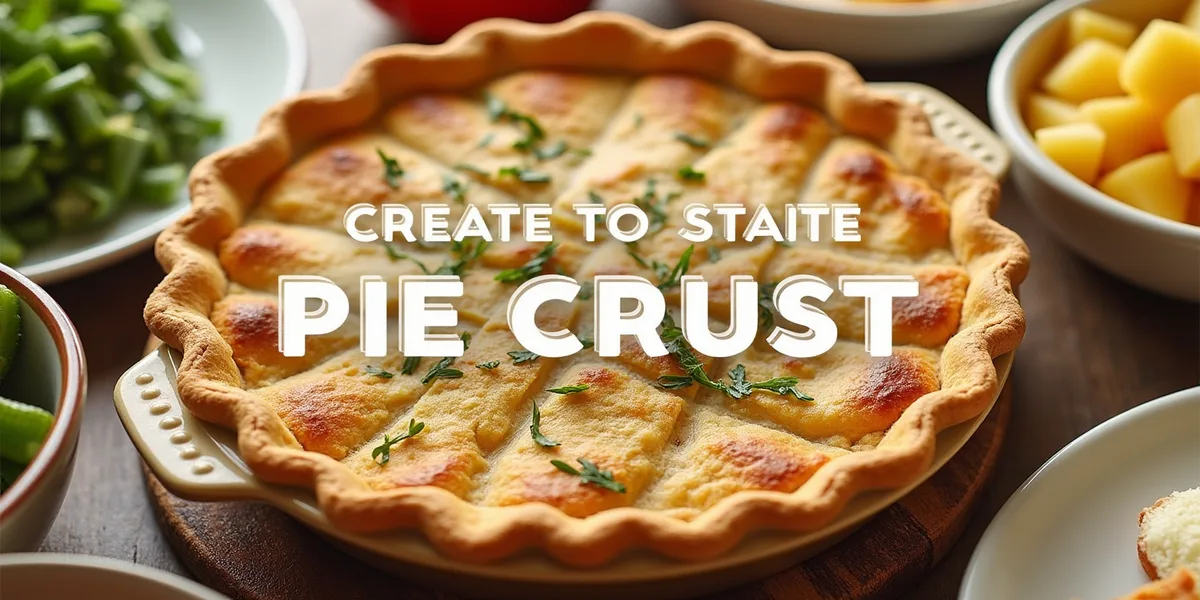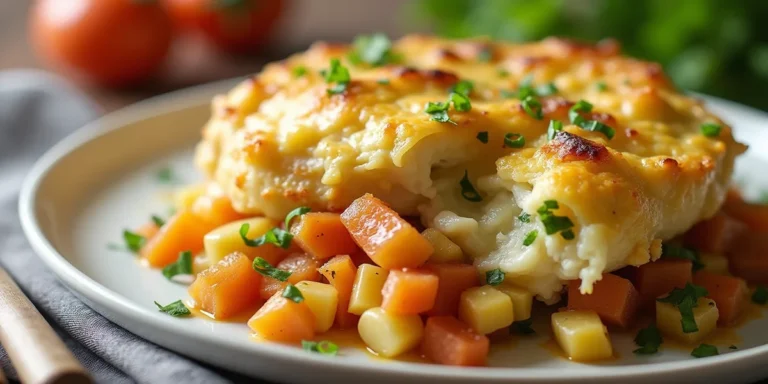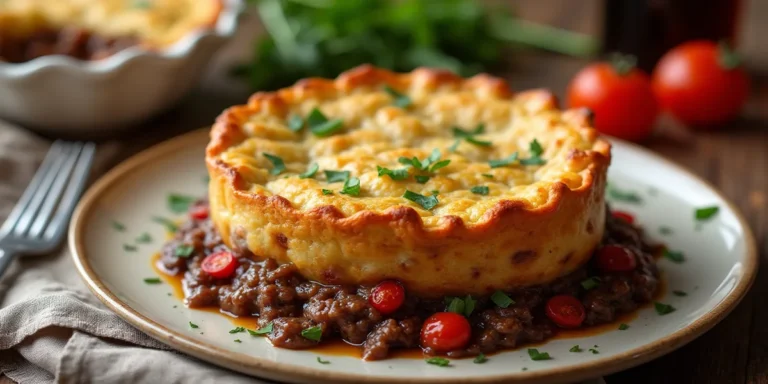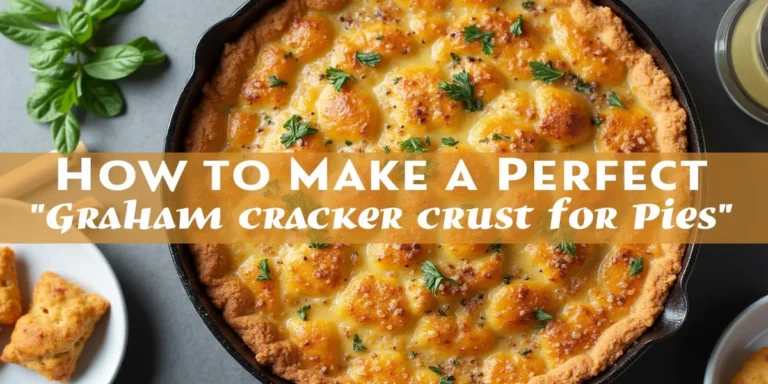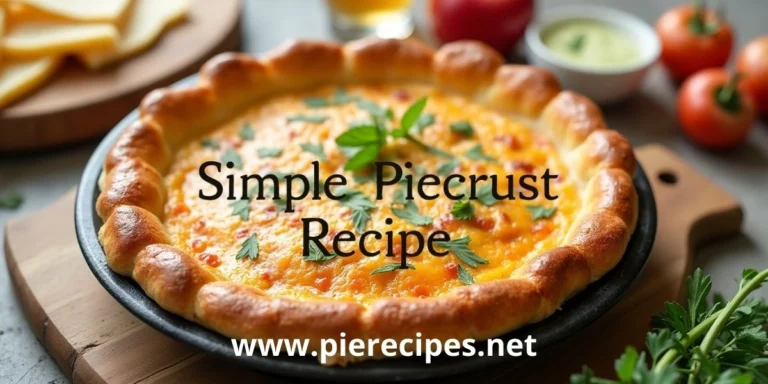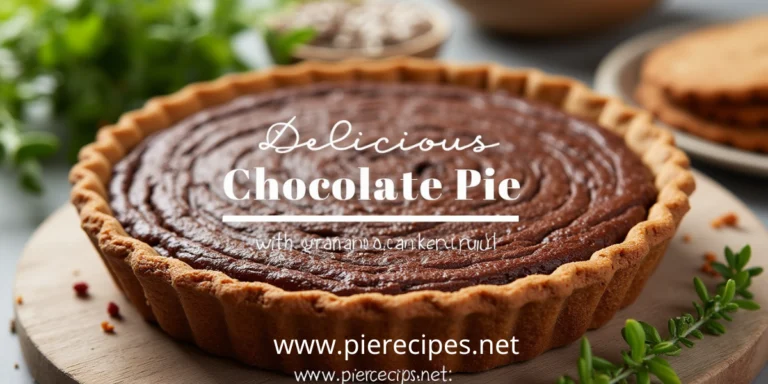5 Piecrust Tips: How to Make It Flaky & Light
Table of Contents
A good piecrust is key to a delicious pie. The right pie crust recipe with shortening can make your crust flaky and tasty. A perfect pie shell recipe is crucial for a great pie. With the right techniques, you can make a crust that’s both flaky and flavorful.
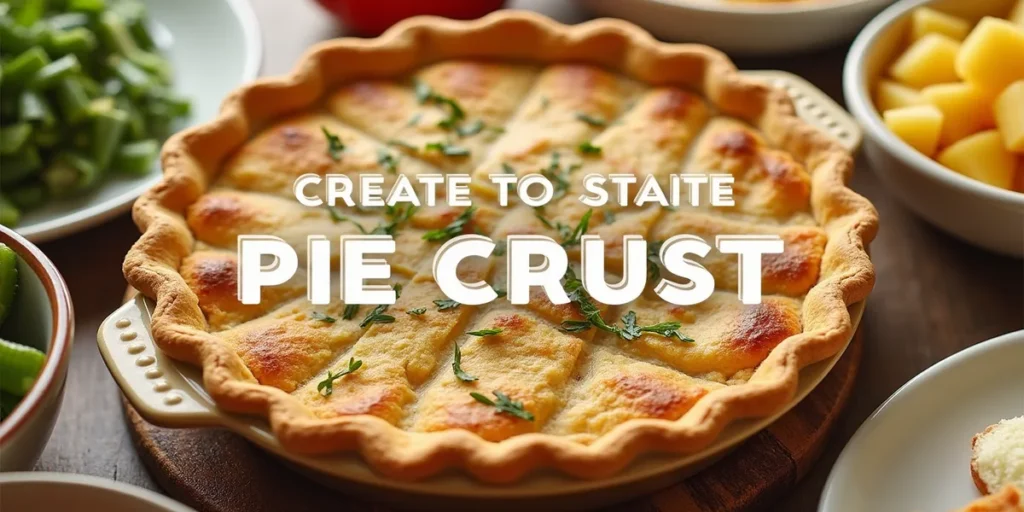
Making a perfect piecrust can be tough, whether you’re new or experienced. But with the right ingredients, tools, and techniques, you can make a foolproof piecrust. This article will guide you on making the perfect piecrust. We’ll share the best pie shell recipe and techniques for a flaky and delicious crust.
Key Takeaways
- Use a pie crust recipe with shortening for a flaky crust
- Choose the right ingredients, including all-purpose flour and ice water
- Invest in essential equipment, such as a pastry blender and rolling pin
- Follow proper techniques for rolling and shaping the dough
- Use a best pie shell recipe to achieve a delicious and flaky crust
Understanding the Science Behind a Perfect Piecrust
To make a perfect piecrust, you need to know the science behind it. When you use shortening, you mix ingredients that need careful handling. This is to get the flaky layers you want.
Fat is key in making these layers. It stops gluten from forming and makes the crust tender.
Temperature control is crucial when using shortening. Cold ingredients lead to a better texture. Gluten development is also important. Too much work on the dough makes the crust tough.
By controlling temperature and handling the dough gently, you get a flaky and tender crust.
The Role of Fat in Flaky Layers
Fat is essential for flaky layers in a piecrust. Shortening helps create a layered structure that’s tender and flaky. The fat molecules separate the dough layers, making the crust delicate and crispy.
Temperature Control Fundamentals
Temperature control is key when making a piecrust. Cold ingredients lead to a better texture and structure. This is crucial with shortening, as warm fat can make it hard to work with.
Gluten Development and Texture
Gluten development is vital for a perfect piecrust. Too much work on the dough makes it tough. By controlling temperature and handling the dough gently, you achieve a flaky and tender crust.
With practice and patience, you can master making a perfect piecrust with shortening. Enjoy delicious homemade pies that impress everyone.
Essential Equipment for Pie Shell Success
To make a perfect pie crust with shortening, you need the right tools. The right equipment makes the process easier and helps you get a flaky crust. A pastry blender is key for mixing shortening into the flour.
You’ll also need a rolling pin and a pie dish. These help roll out the dough and bake the crust. Don’t forget a measuring cup and spoons for accurate ingredient measurements.
- Pastry blender
- Rolling pin
- Pie dish
- Measuring cup and spoons
Using the right tools is crucial for a delicious pie crust. These essential items will help you make perfect pies every time.
Remember, making a pie crust takes practice. Don’t get discouraged if it doesn’t turn out right at first. With time and patience, you’ll get better at making a flaky, tender crust. It will impress your friends and family.
Choosing Your Ingredients
For a tasty pie crust with Crisco, picking the right ingredients is key. You’ll need to decide on flour, fat, and liquid. All-purpose flour is a favorite, but pastry flour makes the crust tender.
Choosing the fat is also important. You can use butter, shortening, or a mix. Shortening, like Crisco, makes the crust flaky. Butter adds a rich taste. Finding the perfect mix is the goal.
Types of Flour
- All-purpose flour: a versatile choice for pie crust
- Pastry flour: a finer, softer flour for a tender crust
Types of Fats
- Butter: adds flavor and tenderness
- Shortening (Crisco): creates a flaky texture
- Combination: balances flavor and texture
Ice water is crucial for a flaky pie crust. It keeps the flour’s gluten from getting tough. This makes the crust tender and flaky. With the right ingredients and Seymour’s pie crust recipe, you’ll make a delicious homemade pie.
Classic Piecrust Recipe with Shortening
To make a delicious pie crust with shortening, you need a few simple ingredients. You’ll need all-purpose flour, shortening, ice water, and a pinch of salt. The secret to a flaky crust is to keep everything cold and handle the dough gently.
Choosing the right shortening is key. Look for high-quality shortening made for baking. You can also mix shortening with butter for extra flavor.
Here’s a basic recipe for a classic piecrust with shortening:
- 2 cups all-purpose flour
- 1/2 cup shortening
- 1/4 cup ice water
- 1/4 teaspoon salt
To make the crust, mix flour and salt in a bowl. Add the shortening and blend it into the flour until it looks like coarse crumbs. Then, add ice water a little at a time, stirring with a fork until the dough forms a ball.
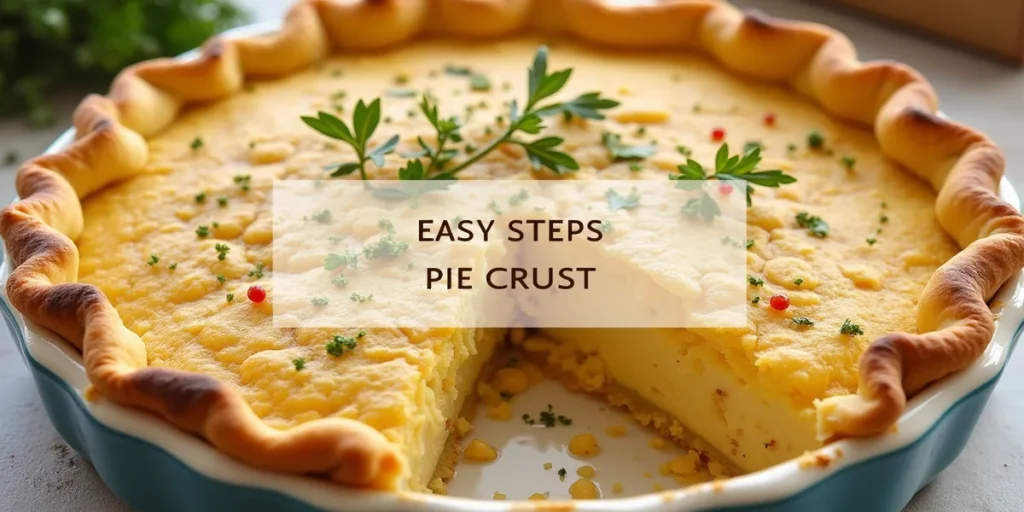
After making the dough, roll it out for your favorite pie. Remember to handle it gently and keep it cold for a flaky crust. With this classic piecrust recipe with shortening, you’ll be making delicious pies in no time.
| Ingredient | Quantity |
|---|---|
| All-purpose flour | 2 cups |
| Shortening | 1/2 cup |
| Ice water | 1/4 cup |
| Salt | 1/4 teaspoon |
Step-by-Step Rolling and Shaping Technique
To make a perfect piecrust, follow a step-by-step guide. This guide helps you create a beautiful pie that will wow your loved ones. The key is in the details, from the first roll to the final shape.
First, take the dough out of the fridge and let it warm up for 10-15 minutes. This makes the dough easier to roll. Roll it out on a floured surface to prevent sticking. Aim for a circle that’s about 1/8 inch thick.
Proper Dough Handling
Handling the dough right is key to avoid tears or stretches. Roll it gently and don’t overwork it to keep the crust soft. If it’s too sticky, add a bit of flour. But don’t add too much, or it will dry out.
Achieving Even Thickness
Even thickness is crucial for a well-baked crust. Roll it out to the right thickness with a rolling pin. Then, trim the edges with a cutter or knife. This gives you a clean, even edge for a beautiful pie.
By following these steps and using the best pie shell recipe, you’ll make a stunning pie. Remember, rolling and shaping dough is an art that needs patience and practice.
| Step | Description |
|---|---|
| 1 | Remove the dough from the refrigerator and let it sit at room temperature for 10-15 minutes. |
| 2 | Roll out the dough into a circle, about 1/8 inch thick, on a lightly floured surface. |
| 3 | Use a pastry cutter or a knife to trim the edges and create a clean and even edge. |
Mastering Butter-Based Pie Shell Variations
Choosing the right fat in your pie crust recipe can make a big difference. Shortening is great for a flaky texture, but butter-based crusts offer a rich, flavorful taste. To make a butter-based piecrust, use cold, high-quality butter and keep everything chilled.
Butter adds a special flavor to your pie crust. Butter contains milk solids, which caramelize during baking and create a golden-brown crust. But, using butter can make the crust shrink more, so handle the dough gently and keep it cold.
Here are some tips for making a successful butter-based piecrust:
- Use a combination of all-purpose and pastry flour for a tender, flaky texture
- Keep the butter and water cold to prevent the dough from becoming too soft
- Use a light touch when rolling out the dough to avoid developing the gluten
By following these tips and using a classic pie crust recipe with shortening as a guide, you can create a delicious, butter-based piecrust that’s perfect for your favorite fillings.
Here is a comparison of butter-based and shortening-based piecrusts:
| Type of Fat | Flavor | Texture |
|---|---|---|
| Butter | Rich, caramelized | Flaky, tender |
| Shortening | Neutral | Flaky, crumbly |
Professional Tips for Decorative Edges
Creating a beautiful pie starts with the crust. A decorative edge can really make your pie pop. You can crimp, braid, or use leaves and other elements for a pro look. A pie crust using Crisco is great for these edges because it’s flaky and tender.
Let’s dive into crimping styles. This method uses fingers or tools to make a border. You can go simple or get fancy with designs. Here are some tips:
- Use a light touch to avoid pressing too hard on the crust
- Experiment with different crimping patterns to find one that works for you
- Don’t overwork the crust, as this can lead to a tough or dense texture
You can also try braiding or adding leaf designs for a personal touch. With practice, you’ll make a pie that wows everyone. Whether using Crisco or another crust, the fun is in being creative with your edges.
Follow these tips to make a stunning pie. It’ll be the star of any event. So, why not try some new edge techniques today?
| Technique | Description |
|---|---|
| Crimping | A decorative border created by pinching the crust |
| Braiding | A border created by weaving strips of crust together |
| Leaf and design elements | Decorative elements created using leaves, flowers, or other shapes |
Troubleshooting Common Piecrust Problems
When making a pie crust with shortening, you might face some common problems. These can affect how your crust looks and feels. We’ve gathered a list of common issues and how to solve them.
Some common problems include a tough crust, a crust that’s too crumbly, and a crust that’s not flaky enough. These problems can come from overmixing the dough, using the wrong shortening, or not chilling the dough enough.
- Tough crust: This can happen if you mix the dough too much or use too much shortening. To fix it, use less shortening or mix the dough for a shorter time.
- Crumbly crust: This might be due to not using enough shortening or جحnot chilling the dough long enough. To solve it, add more shortening or chill the dough for longer.
- Not flaky enough: This could be because of the wrong shortening or not rolling out the dough right. To fix it, try a different shortening or roll out the dough to the right thickness.
By following these tips, you should be able to tackle common pie crust problems. Always use high-quality ingredients and follow the recipe closely for the best results.
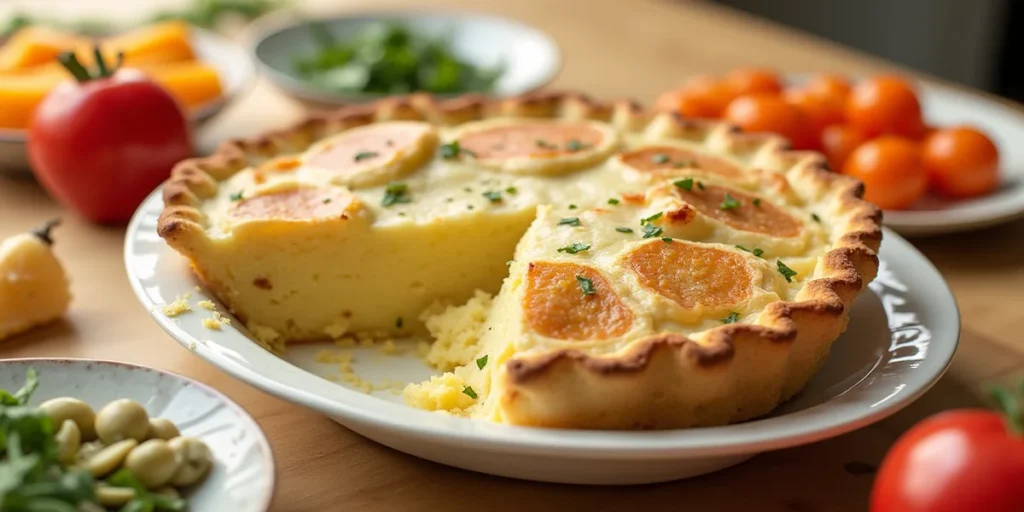
With a bit of practice and patience, you can make a delicious and flaky pie crust with shortening. It will surely impress your friends and family.
| Problem | Solution |
|---|---|
| Tough crust | Reduce shortening, mix dough for shorter time |
| Crumbly crust | Increase shortening, chill dough for longer time |
| Not flaky enough | Use different shortening, roll out dough to right thickness |
Make-Ahead and Storage Methods
Understanding how to store and make ahead is key for the best pie shell recipe. It doesn’t matter if you’re an expert or just starting out. Knowing these tips will keep your piecrust fresh and delicious.
You can make your piecrust dough a day before you plan to use it. Just wrap it in plastic wrap and put it in the fridge. For even longer, freeze it for up to two months. To freeze, wrap it in plastic wrap and then put it in a freezer-safe bag.
Freezing Instructions
- Wrap the dough tightly in plastic wrap
- Place the wrapped dough in a freezer-safe bag
- Label the bag with the date and contents
Proper Thawing Techniques
To thaw your frozen piecrust dough, leave it in the fridge overnight. Or thaw it at room temperature for a few hours. After thawing, roll out the dough and follow your best pie shell recipe as usual.
Adapting Your Piecrust for Different Pie Types
Choosing the right filling can change how your pie tastes and feels. To make your pie crust with shortening just right, adjust it for your pie type. For fruit pies, add a bit more sugar to match the filling’s sweetness.
For savory pies, like chicken pot pie, cut down on sugar and add salt. This helps the filling’s flavors shine. Here’s how to tweak your pie crust for different pies:
- Fruit pies: Add a bit more sugar to the crust to balance out the sweetness of the filling.
- Savory pies: Reduce the amount of sugar in the crust and add more salt to bring out the flavors of the filling.
- Cream pies: Use a higher ratio of shortening to flour to create a flaky and tender crust.
By following these tips and using a top-notch pie crust recipe with shortening, you’ll get a flaky crust. This will make your pies even better.
| Type of Pie | Crust Adjustments |
|---|---|
| Fruit Pies | Add more sugar to the crust |
| Savory Pies | Reduce sugar, add more salt |
| Cream Pies | Higher shortening to flour ratio |
Conclusion: Creating Your Perfect Pie Shell Legacy
Creating the perfect pie shell is an art that needs patience and practice. It also requires understanding the science behind making flaky, tender crusts. By mastering these techniques, you’ll be on your way to making your own pie shell legacy with Crisco.
Baking is a journey that keeps evolving. Each pie you make shows your skills and style. Feel free to try different pie crust using Crisco recipes. Keep improving until you find what works best for you and your family.
So, use what you’ve learned and start baking. Your loved ones will love the flaky, golden-brown pie shells you make. You’ll be proud to know you’ve mastered this classic cooking skill.
FAQ
What’s the secret to a perfect pie crust recipe with shortening?
A well-balanced pie crust needs the right fat ratio! If you’re looking for expert tips on achieving a flaky, buttery texture, check out our detailed guide: Milk Bar-inspired Hilly’s pumpkin caramel pie tips.
How important is temperature control in piecrust making?
Keeping everything cold is crucial for a good piecrust. Cold ingredients and tools prevent gluten from forming, making the crust tender. A consistent temperature from start to finish is essential for a flaky crust.
What is the difference between all-purpose flour and pastry flour when making a piecrust?
All-purpose flour and pastry flour differ in protein content. Pastry flour makes a tender crust, while all-purpose flour can be chewier. Your choice depends on the pie type and your preference.
What is the importance of using ice water when making a piecrust?
Ice water is vital for a tender piecrust. It keeps the dough soft and easy to handle. It also hydrates the flour without overworking the gluten, leading to a flaky crust.
How do I achieve even thickness when rolling out the piecrust dough?
Use guides like rolling pin rings for even thickness. Rotate and flip the dough often to prevent sticking and ensure even thickness.
What are some common piecrust problems and how can I troubleshoot them?
Common issues include tough crusts, shrinkage, and lack of flakiness. Adjust the fat-to-flour ratio and control temperatures. Avoid over-mixing and try chilling the dough or using different fats.
How can I make-ahead and store my piecrust?
You can make piecrusts ahead and store them. Wrap the dough tightly in plastic or foil and refrigerate for up to 3 days or freeze for 3 months. Thaw in the fridge overnight before baking.

